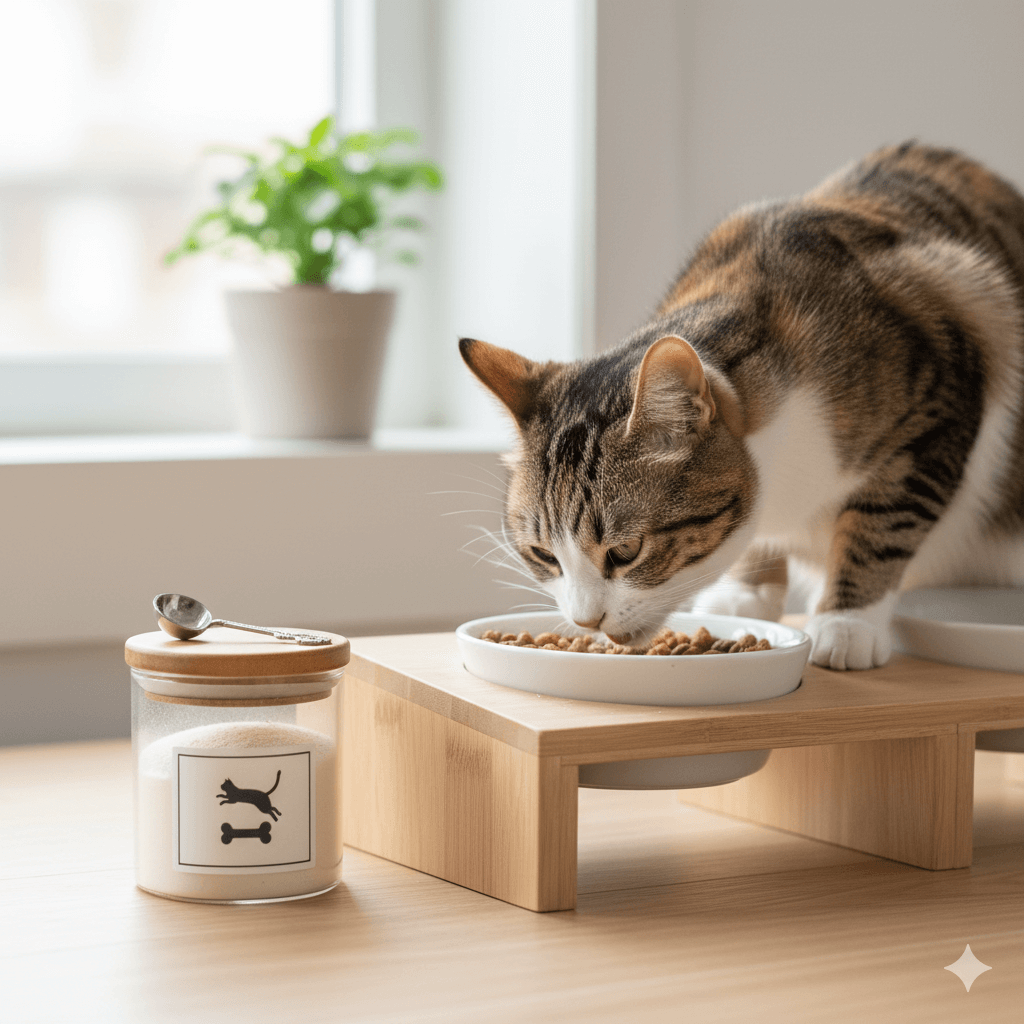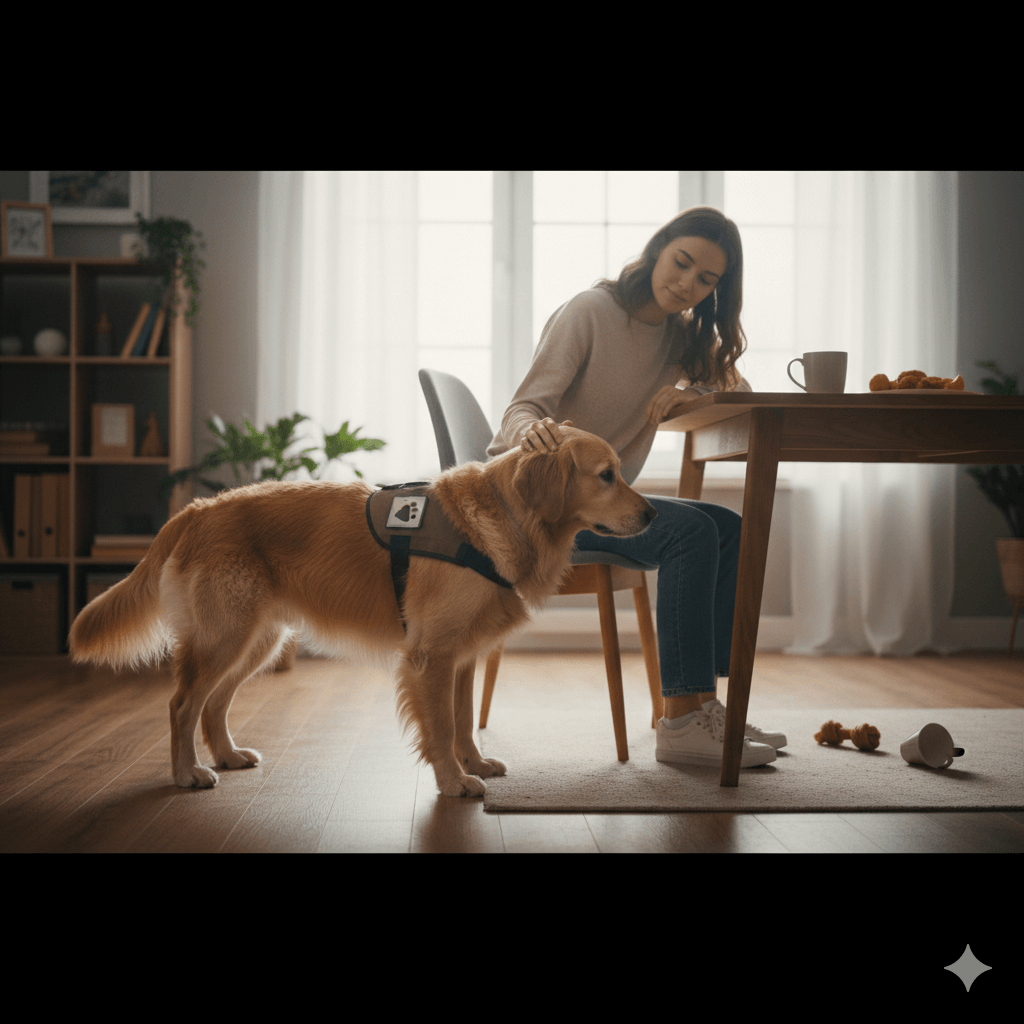Can Dogs Eat Blue Cheese? What You Need to Know
As a dog owner, you’ve probably found yourself wondering whether certain human foods are safe to share with your furry friend. One common question that arises is: can dogs eat blue cheese? While it might be tempting to let your pup nibble on this flavorful dairy product, it’s important to understand the potential risks and benefits before offering it to them. Blue cheese, with its distinctive taste and creamy texture, contains ingredients that could pose health concerns for dogs. In this guide, we’ll explore everything you need to know about feeding blue cheese to your dog, from its nutritional profile to safer alternatives. Let’s dive in and ensure your pet stays happy and healthy!
Key Ingredients in Blue Cheese and Their Effects on Dogs
Before deciding whether blue cheese is safe for your dog, it’s essential to break down its components and how they might affect your pet’s health. Here’s a closer look at the key ingredients found in blue cheese and their potential impact:
Milk Fat : High-fat content can lead to digestive upset or pancreatitis in dogs.
Salt : Excessive sodium intake may cause dehydration or kidney issues over time.
Penicillium Mold : The mold used to create blue cheese veins can be harmful if ingested by dogs.
Lactose : Many dogs are lactose intolerant, which can result in gas, diarrhea, or bloating.
Spices and Additives : Some blue cheeses contain extra flavorings that may irritate a dog’s stomach.
While small amounts of plain cheese might occasionally be okay, the unique characteristics of blue cheese make it less suitable for canine consumption. Always prioritize your dog’s safety when introducing new foods.
Signs Your Dog May Have Eaten Blue Cheese
If your dog accidentally consumes blue cheese, it’s crucial to recognize the symptoms of an adverse reaction. These signs can help you determine whether medical attention is needed.
Vomiting : A common response to consuming something toxic or difficult to digest.
Diarrhea : Indicates gastrointestinal distress caused by high fat or lactose content.
Lethargy : Could signal poisoning or discomfort due to mold ingestion.
Excessive Drooling : Often occurs when a dog feels nauseous or unwell.
Tremors or Seizures : Severe reactions linked to mold toxicity require immediate care.
If you notice any of these symptoms after your dog eats blue cheese, consult your veterinarian promptly. Early intervention can prevent complications and keep your pet safe.
Check this guide 👉Can a Dog Have Cream Cheese? Best 7 Health Tips!
Check this guide 👉Can Dogs Eat Cheese? Best 7 Health Tips!

Safe Cheese Options for Dogs | Unsafe Cheese Options for Dogs |
|---|---|
Plain Cottage Cheese | Blue Cheese |
Mozzarella | Roquefort |
Ricotta | Gorgonzola |
Cheddar (in moderation) | Camembert |
Swiss Cheese (small portions) | Processed Cheese Slices |
Alternatives to Blue Cheese for Your Dog
If you’re looking for ways to spoil your dog without risking their health, there are plenty of dog-friendly alternatives to blue cheese. These treats are both nutritious and enjoyable for your pup.
Carrots : Low-calorie, crunchy snacks packed with vitamins.
Peanut Butter (xylitol-free) : A rich source of protein and healthy fats.
Plain Yogurt : Contains probiotics that support gut health.
Cooked Chicken : Lean meat that’s easy to digest and highly palatable.
Apple Slices (seedless) : Sweet and refreshing, perfect for training rewards.
By opting for these healthier choices, you can provide your dog with tasty treats while avoiding the risks associated with blue cheese.
Tips for Introducing New Foods to Your Dog
Introducing new foods to your dog requires caution and preparation. Follow these tips to ensure a smooth transition and minimize potential risks:
Start Small : Offer tiny portions to gauge your dog’s tolerance and avoid overwhelming their system.
Monitor Reactions : Watch for any signs of allergies or digestive issues after introducing a new food.
Avoid Harmful Ingredients : Steer clear of foods containing chocolate, grapes, onions, garlic, or artificial sweeteners like xylitol.
Consult Your Vet : Always seek professional advice before making significant changes to your dog’s diet.
Stick to Moderation : Treats should only make up about 10% of your dog’s daily caloric intake.
By following these guidelines, you can safely experiment with new foods while keeping your dog’s well-being top of mind.
Why Blue Cheese Poses a Threat to Your Dog’s Health
Feeding blue cheese to your dog can lead to various health risks due to its unique composition. Understanding these dangers can help you make informed decisions about your pet’s diet.
Mold Toxicity : The Penicillium mold in blue cheese can cause tremors, seizures, or other neurological issues in dogs.
High Fat Content : Excessive fat intake may lead to pancreatitis, a painful and potentially life-threatening condition.
Lactose Intolerance : Many dogs lack the enzyme needed to digest lactose, resulting in digestive discomfort.
Excessive Sodium : High salt levels can lead to dehydration or kidney problems over time.
Allergic Reactions : Some dogs may develop allergies to dairy products, causing skin irritation or respiratory issues.
These risks highlight why blue cheese should be avoided entirely, ensuring your dog remains healthy and free from unnecessary harm.
Cheese-Loving Dogs? Try These Safer Alternatives
If your dog loves the taste of cheese but can’t handle blue cheese, there are safer options that won’t compromise their health. Here are some dog-friendly alternatives:
Plain Cottage Cheese : Low in fat and easy to digest, making it a great choice for most dogs.
Low-Fat Mozzarella : A mild cheese that’s lower in calories and less likely to upset your dog’s stomach.
Unseasoned Ricotta : Packed with protein and calcium without the harmful additives found in processed cheeses.
Small Bits of Cheddar : Moderation is key, as cheddar is higher in fat but still safe in tiny amounts.
Cheese-Based Training Treats : Specially formulated dog treats that mimic the flavor of cheese without the risks.
By choosing these alternatives, you can satisfy your dog’s cravings while keeping their diet wholesome and nutritious.
How to Keep Your Dog Away from Harmful Foods
Preventing accidental ingestion of blue cheese or other unsafe foods is crucial for your dog’s well-being. Here are practical steps to safeguard your pet:
Store Food Safely : Keep blue cheese and other hazardous foods out of reach, preferably in sealed containers or high cabinets.
Supervise During Meals : Avoid leaving plates or leftovers unattended where curious dogs might snatch them.
Teach “Leave It” Commands : Train your dog to avoid picking up food from the floor or countertops.
Pet-Proof Your Trash : Use secure lids on trash cans to prevent scavenging behavior.
Educate Family Members : Ensure everyone in your household knows which foods are off-limits for your dog.
Taking these precautions can significantly reduce the risk of your dog accidentally consuming blue cheese or other harmful substances.
Frequently Asked Questions About Feeding Blue Cheese to Dogs
Is blue cheese toxic to dogs?
Yes, the mold and high-fat content in blue cheese can be harmful to dogs.
What should I do if my dog eats blue cheese?
Monitor for symptoms such as vomiting or diarrhea and contact your vet if necessary.
Can dogs eat other types of cheese?
Some cheeses, like mozzarella or cottage cheese, are safer in moderation but should still be given cautiously.
Are there any health benefits to feeding cheese to dogs?
Cheese can provide calcium and protein, but it’s not essential to a dog’s diet and should be offered sparingly.
How much cheese is too much for a dog?
Even safe cheeses should be limited to small portions to avoid weight gain or digestive problems.
Final Thoughts: Keep Your Dog Safe and Happy
While blue cheese might seem like a tempting treat to share with your dog, its potential risks far outweigh any perceived benefits. The combination of mold, high fat, and lactose makes it unsuitable for most canine companions. Instead, focus on providing safe, nutritious alternatives that cater to your dog’s dietary needs. By staying informed and cautious, you can ensure your furry friend enjoys a long, healthy life filled with love and delicious treats. Remember, when it comes to your dog’s diet, always prioritize their safety above all else.
Understanding Bone Supplement for Cats: Best 7 Expert Tips! – Safe, vet-approved guidance for strong feline bones & balanced nutrition.
Bone Supplement for Dogs: Best 7 Expert Tips! – Expert guide to calcium, collagen & bone health for every life stage.
Understanding Can Cats Get Sunburn: Best 7 Expert Tips! – Protect your feline from UV damage with vet-backed prevention strategies.
How to Train a Seizure Alert Dog: Best 7 Expert Tips! – Learn expert-backed steps to nurture natural instincts into reliable, life-saving seizure alerts.





